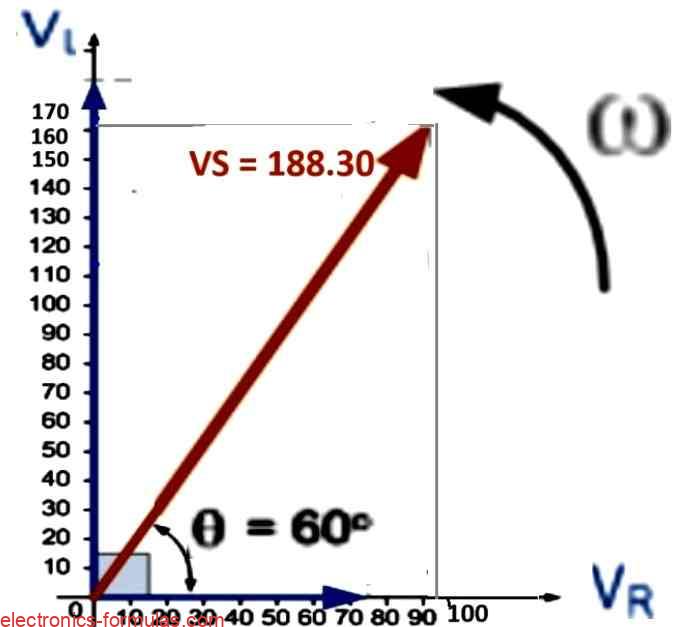Crest factor is a way to describe a waveform’s shape. It’s calculated by dividing the waveform’s peak value (maximum value) by its RMS value (effective value). For a perfect sine wave, the crest factor is 1.414. This tells us that sine waves have a predictable peakiness. Crest factor (CF), also called peak factor or amplitude factor, is a mathematical tool used to analyze various […]
Calculating Form Factor of a Waveform
Although Form Factor reflects the overall shape or structure of a waveform, it is mathematically defined as the ratio of the RMS (root mean square) value to the average value. Form Factor is a math tool. It analyzes periodic waveforms. It helps understand a waveform’s shape, structure, and quality. Sometimes, it shows how “peaky” a […]
Calculating Impedance and Complex Impedance
Impedance can be defined as the full resistance that an AC circuit presents against the passage of alternating current, and it is measured in Ohms. AC Circuits and Impedance In circuits carrying alternating current (AC), the opposition to current flow is called impedance. Its measured in ohms (Ω) and represents the combined effect of all […]
How to Calculate Power Factor Correction
Power Factor Correction (PFC) is a technique, which addresses this current-voltage mismatch in AC circuits. It uses capacitors which have an opposite reactive effect to inductors (common in motors and transformers), to bring the current and voltage back into alignment. This improves the overall efficiency of the circuit, by reducing the reactive power component and […]
Calculating Power Triangle and Power Factor
In AC circuits, the relationship between different types of power (real and reactive and apparent) can be depicted by a right triangle known as the power triangle. Power Triangles in AC Circuits with Impedance Our previous lesson covered real and reactive power in AC circuits containing resistance and either capacitance or inductance (or both). To […]
Calculating Power in AC Circuits
Resistors in AC circuits are the only components that truly consume power (as heat), unlike reactances (capacitors and inductors) which just store and release it. Resistors convert electrical energy into heat (they dissipate energy), but inductors and capacitors store and release energy throughout the AC cycle, meaning they don’t actually consume power overall. In contrast […]





